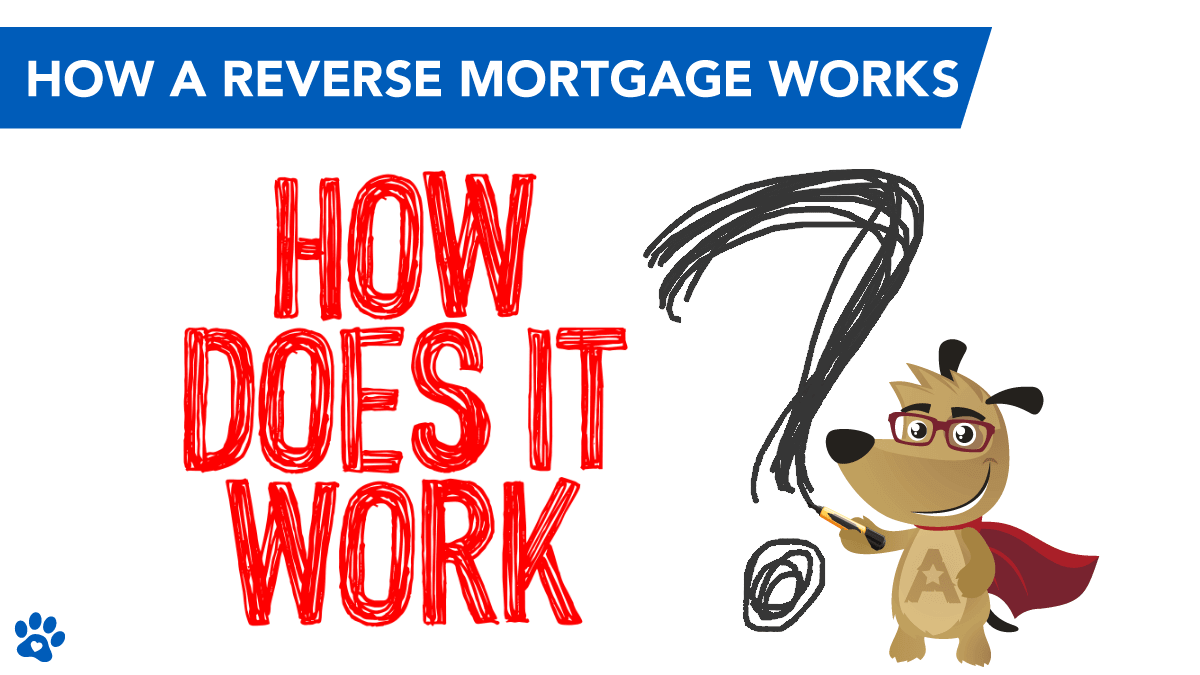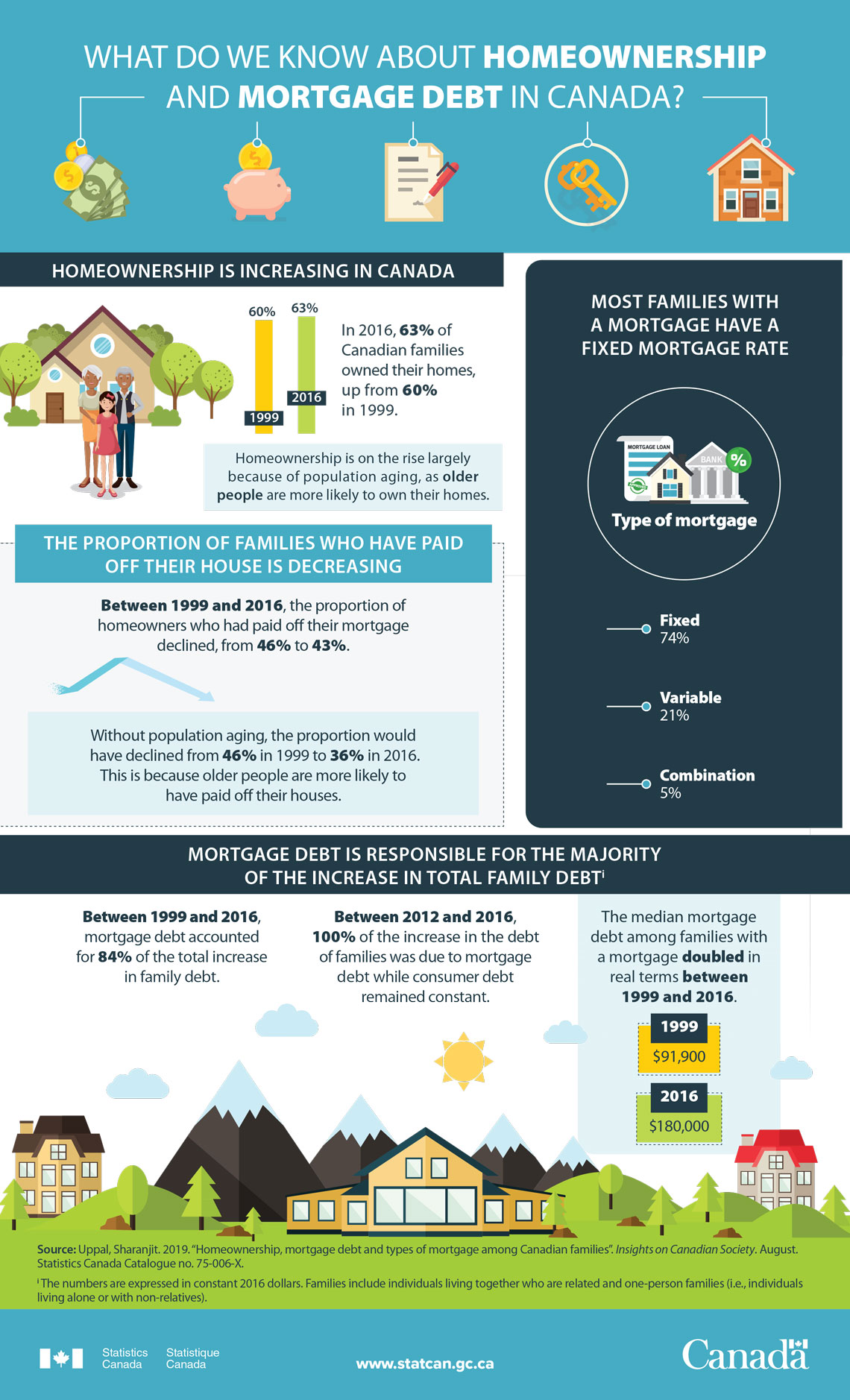It might Look at this website seem like longer to some, however it was just a decade ago that a devastating real estate crisis damaged the lives of numerous Americans, with impacts that still exist today. As we approach the 10-year anniversary of Lehman Brothers' collapse and the Great Recession, we ought to take an appearance back at the subprime home mortgage crisis.
If the prime rate for a mortgage is what is used to people with excellent credit and a history of dependability, subprime is for those who have struggled to satisfy those standards. Individuals who are approved of subprime mortgages traditionally have low credit report and issues with financial obligation. There is no Discover more here precise established number, but a FICO rating below 640 is generally seen as subprime for a loan like a home loan. NINJA home mortgages were released with no independent verification of the customer's ability to pay back the loan. Unsurprisingly, many of these borrowers ended up being unable to pay their mortgages. Low underwriting requirements cultivated an environment where individuals who postured a real credit threat had the ability to acquire mortgage.
In reality, unique mortgage were created just for customers who were not able to come up with the money for a down payment. Under a so-called "piggyback" loan, a home mortgage lender would provide one loan to cover the down payment and closing costs, and after that a second loan to cover the home's purchase rate.
Inappropriate mortgage lending practices played a big function in the monetary collapse. However, this is still not the entire story. In fact, activities in genuine estate and secondary financial services markets contributed a good deal to the bigger economic problems the country experienced throughout the economic crisis. To begin with, homes were being evaluated at exceedingly high values, pumping up genuine estate rates throughout the nation.

This caused inflated real estate worths to circulate in realty markets. In turn, customers took out loans for amounts that were more than the houses were worth in the open market - how many mortgages to apply for. Some have actually even argued Article source that appraisers' overvaluation of houses was the genuine root of the financial crisis. Securitization of home loan might have been the straw that broke the camel's back.
The Single Strategy To Use For How Reverse Mortgages Work In Maryland
Securitization is the practice of transforming possessions like mortgages into securities like stocks and bonds by pooling properties together and collecting routine earnings streams from the newly-formed securities. The financial sector began securitizing mortgages in the late 1980s. Doing so allowed lenders to alleviate some of the threat of offering subprime loans since the debt was pooled and re-issued to securities financiers.
This process was immensely profitable, and loan providers believed they would benefit despite whether any one debtor went into default. what is a non recourse state for mortgages. After all, if they didn't make money off of the loan, they might still earn money by issuing securities or by offering the home through foreclosure if the borrower defaulted.
As an outcome, banks began ramping up the rewarding practice of securitizing home loan loans and offering collateralized debt obligations. Naturally, the principle of spreading out the danger just works when many of the loans are repaid. If too high a portion of the loans are defaulted on, the securities' worths drop.
These losses caused the failure of big investment banks like Bear Sterns and Lehman Brothers and the failure of Indymac, among the largest home mortgage pioneers in the United States. Congress enacted the Dodd-Frank Act in reaction to these conditions with the intent of avoiding a comparable disaster in the future.
Dodd-Frank revamped home loan financing practices, heightened oversight of banks and credit score companies, and consisted of a whistle-blower provision that provides financial reward for the reporting of securities violations. The Dodd-Frank Act was a far-reaching law, and it consisted of the Home mortgage Reform and Anti-Predatory Financing Act, along with the Consumer Financial Defense Act.
How What Is The Default Rate On Adjustable Rate Mortgages can Save You Time, Stress, and Money.
Further, it customized elements of Guideline Z and changed elements of the Reality in Lending Act. The Act needed producers to prioritize the customer's ability to pay back the loan during the application process. Similarly, lenders are needed to make a "good faith decision as to a customer's ability to repay the loan." This great faith decision required lenders to tighten their underwriting standards, hence getting rid of customers' ability to qualify using devices such as stated earnings loans.
To fight predatory lending, the Consumer Financial Defense Bureau passed the Know Prior to You Owe mortgage disclosure guideline, which is developed to assist borrowers comprehend their loans, and the accompanying documents they sign (what kind of mortgages do i need to buy rental properties?). To promote this incentive, the Bureau simplified traditional home mortgage disclosure forms and created standardized industry practices that were more transparent.

The Dodd-Frank Act mitigated a lot of unnecessary danger in genuine estate financing markets and moved some of the staying danger of default from property owners to loan providers. Under the law, lenders sponsoring asset-backed securities must retain at least 5 percent of the associated credit threat. Lots of believe this requirement will reduce lenders' willingness to issue subprime loans.
Dodd-Frank Wall Street Reform and Consumer Protection Act, Pub. L. No. 111-203, 929-Z, 124 Stat. 1376, 1871 (2010) (codified at 15 U.S.C. 780).
The U.S. is not about to see a rerun of the housing bubble that formed in 2006 and 2007, precipitating the Terrific Economic downturn that followed, according to professionals at Wharton. More sensible loaning standards, increasing rates of interest and high house prices have actually kept demand in check. Nevertheless, some misperceptions about the key drivers and effects of the housing crisis persist and clarifying those will make sure that policy makers and market gamers do not repeat the same mistakes, according to Wharton property professors Susan Wachter and Benjamin Keys, who recently had a look back at the crisis, and how it has affected the current market, on the Knowledge@Wharton radio show on SiriusXM.
Things about Where To Get Copies Of Mortgages East Baton Rouge
As the home loan financing market expanded, it drew in droves of new gamers with money to provide. "We had a trillion dollars more coming into the home loan market in 2004, 2005 and 2006," Wachter said. "That's $3 trillion dollars entering into mortgages that did not exist prior to non-traditional mortgages, so-called NINJA home loans (no earnings, no job, no properties).
They likewise increased access to credit, both for those with low credit scores and middle-class homeowners who wished to secure a second lien on their house or a house equity credit line. "In doing so, they developed a great deal of leverage in the system and presented a lot more risk." Credit broadened in all directions in the accumulation to the last crisis "any instructions where there was cravings for anyone to borrow," Keys said.